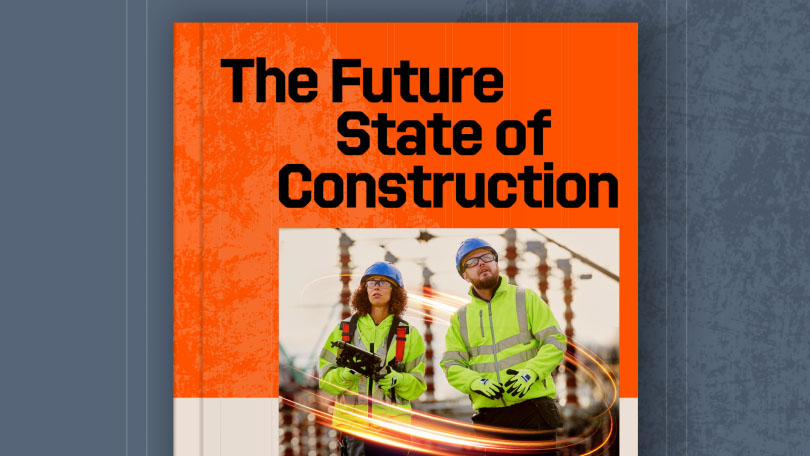Related Articles
— 8 min read
Managing High-Risk Construction Work in Australia: Safety Requirements and Best Practices

Last Updated Aug 28, 2025

Josh Krissansen
47 articles
Josh Krissansen is a freelance writer with two years of experience contributing to Procore's educational library. He specialises in transforming complex construction concepts into clear, actionable insights for professionals in the industry.
Last Updated Aug 28, 2025
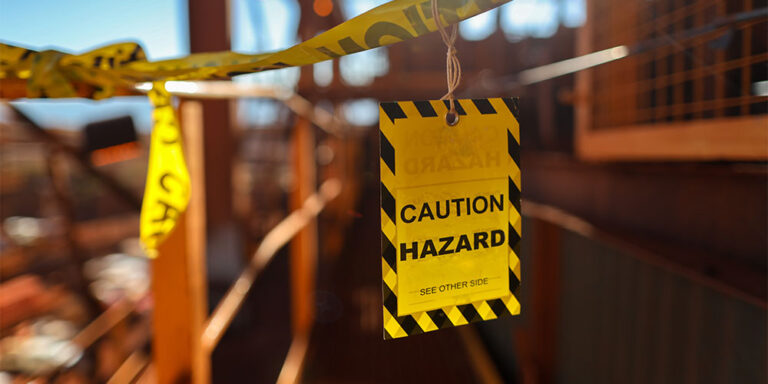
High risk construction work isn’t just a compliance box to tick—it’s a business-critical responsibility.
From working at heights to operating near live electrical systems, high risk construction work presents some of the most dangerous conditions on site—and some of the strictest legal obligations under Australia’s WHS Regulations. One misstep can trigger serious injury, major penalties, and reputational damage that lingers long after handover.
For executives, project managers, and safety leaders, understanding what qualifies as high risk construction work—and how to manage it—is essential to protecting your people, your program, and your bottom line.
This article breaks down the 19 types of high risk construction work defined under law, outlines key safety requirements, and explores how leading contractors are using smarter systems and technology to stay compliant and in control.
Table of contents
What is High-Risk Construction Work?
High-risk construction work refers to tasks that carry an elevated risk of serious injury or death.
Under Safe Work Australia’s model WHS Regulations, these activities require a Safe Work Method Statement (SWMS) to be prepared and followed before work begins.
Construction work is classified as high risk when it:
- Involves hazardous environments or materials, such as asbestos, flammable atmospheres, or contaminated sites
- Requires specialised planning, equipment, or safety controls to manage the task safely
- Presents an increased likelihood of fatal incidents if not properly managed
Under WHS laws, duty holders are legally required to identify high-risk tasks and implement risk controls that go beyond standard construction safety measures.
High-Risk Construction Activities in Australia
| Risk | Description | Example |
| Risk of a person falling more than two metres | Involves any work conducted at height without adequate fall protection | Installing HVAC ducting on a commercial roof using ladders and temporary platforms |
| Work on a telecommunication tower | Includes maintenance, installation, or inspection of towers used for mobile and radio services | Replacing antennas on a rural cell tower in high wind conditions |
| Demolition of load-bearing structure | Structural demolition that affects a building’s integrity or stability | Removing a supporting wall in a warehouse during redevelopment in Sydney |
| Demolition impacting a structure’s physical integrity | Any demolition work that compromises other sections of the structure | Stripping out a mezzanine floor while leaving adjacent supports intact on a commercial site |
| Work on or near chemical fuel or refrigerant lines | Involves tasks that risk contact with pressurised, flammable, or toxic substances | Relocating underground fuel lines during petrol station upgrades |
| Work on or near energised electrical installations or services | Covers live electrical systems, including switchboards and power feeds | Running new cable near an active distribution board during a school retrofit |
| Work in an area that may have a contaminated or flammable atmosphere | Areas where airborne contaminants, gases, or vapours pose risk | Refurbishing cold storage rooms with residual ammonia leaks |
| Work likely to involve disturbing asbestos | Includes renovations on older buildings where asbestos-containing materials are present | Removing wall sheeting in a 1970s-era hospital undergoing refurbishment |
| Temporary load-bearing support for structural alterations or repairs | Use of props or supports to stabilise structural elements during changes | Installing temporary props while replacing structural beams in a multi-storey car park |
| Work in or near a confined space | Involves spaces with limited entry/exit and poor ventilation | Conducting maintenance inside a water treatment tank in a regional council facility |
| Work involving tilt-up or precast concrete | Involves lifting, positioning, and securing large concrete panels | Installing tilt-up walls on an industrial warehouse site in Western Australia |
| Work on, in or adjacent to a road, railway, shipping lane or other traffic corridor | Any work exposed to active non-pedestrian traffic | Conducting bridge maintenance on the Hume Highway without full road closure |
| Work in an area where there is any movement of powered mobile plant | Includes excavators, forklifts, and earthmoving machinery | Surveying near an operating grader on a subdivision site in Victoria |
| Work in or Near a Shaft or Trench Deeper Than 1.5 Meters or a Tunnel | Involves vertical or horizontal excavation with collapse risk | Laying sewer lines in a 2.5m trench without adequate shoring in suburban Queensland |
| Work involving explosives | Blasting or controlled detonation for excavation or demolition | Using explosives for rock breaking on a road construction site in regional NSW |
| Work on or near pressurised gas mains or piping | Risk of explosion, burns, or inhalation injury from gas leaks | Replacing gas mains on a busy commercial street in Melbourne |
| Work in areas with artificial extremes of temperature | Heat or cold stress from environmental controls or equipment | Installing insulation in a freezer warehouse operating at -25°C |
| Work in or near water or other liquid that involve a risk of drowning | Any work exposing workers to unguarded bodies of water or liquid storage | Repairing a stormwater culvert during the wet season in Northern Queensland |
| Diving work | Underwater construction, inspection, or recovery tasks | Inspecting jetty piles as part of a marine infrastructure upgrade in Fremantle |
Safety Controls for High-Risk Activities
Every high-risk task requires controls that match the exposure. Not just to meet obligations, but to keep work moving without avoidable setbacks.
The following systems form the foundation of reliable on-site risk management and give frontline teams the tools they need to execute safely and confidently.
Risk Assessments
A formal risk assessment should be completed before high-risk tasks begin. This process starts with a site walkthrough and review of project drawings, scope, and sequencing to identify potential hazards.
To ensure complete coverage:
- Include supervisors, subcontractors, and safety personnel in hazard identification
- Use a structured risk matrix to assess the likelihood and consequence
- Prioritise high-severity risks with targeted mitigation strategies
- Link all risks to nominated control measures and responsible individuals
Assessments must be reviewed at key stages (such as before major milestones) or whenever site conditions change.
Safe Work Method Statements (SWMS)
WHS Regulations mandate a SWMS for all high-risk construction work. This document must define the task, outline associated hazards, and describe the control measures and sequencing required to manage those risks. The SWMS should be:
- Developed during planning and reviewed with the relevant team
- Signed by all workers involved in the high-risk task
- Kept onsite and made accessible to all team members
- Updated if site conditions or work scope changes
Personal Protective Equipment (PPE)
PPE must be tailored to the specific hazards of each task. For example, respiratory protection is essential when disturbing asbestos, while insulated gloves are critical when working near energised electrical systems. To manage PPE effectively:
- Conduct fit testing where required, especially for respirators and fall protection
- Train workers on correct use, limitations, and maintenance procedures
- Require daily PPE inspections before work begins
- Replace any damaged, expired, or non-compliant gear immediately
- Monitor compliance through toolbox talks and supervisor-led checks
Training and Licensing
High-risk activities must only be performed by licensed, competent workers.
Each worker should be verified against relevant High Risk Work Licence requirements, such as for scaffolding, rigging, or crane operation. A competency-based training approach should include:
- Site-specific inductions covering known hazards and WHS expectations
- Task-specific modules and refresher training aligned with project risk profiles
- Clear recordkeeping of training history and licence expiry dates
- Supervisor coaching and toolbox talks to reinforce knowledge onsite
Temporary Barriers and Site Controls
Physical controls prevent unauthorised access to high-risk zones. Effective site controls include:
- Fencing and barricades for excavations, height work, and electrical areas
- Access management through permits, locked gates, and sign-in procedures
- Visual cues like tape, signage, or paint markings to indicate exclusion zones
- Routine inspections to ensure barriers remain effective and properly positioned
Site layout plans must be reviewed regularly to confirm that risk zones are clearly separated from general work areas.
Communication and Signage
Everyone on site needs to understand where hazards are, what procedures apply, and what protections are required. To support this, strong communication systems include:
- Pre-start meetings, task handovers, and real-time updates via radio or digital tools
- Clear signage displaying PPE requirements, exclusion zones, and specific hazards
- Multilingual or pictogram-based signage for diverse workforces
- Regular site walks to check visibility and placement of signs
- Reinforcement of key messages during toolbox talks and team briefings
The Role of Technology in Managing High-Risk Construction Work
Technology strengthens compliance and streamlines risk management on high-risk construction sites. A digital-first approach reduces manual error, enhances visibility, and enables teams to act proactively rather than reactively.
Enhancing Compliance
Construction management platforms improve compliance by centralising safety documentation and automating key workflows.
This enables consistent execution of WHS procedures across teams, regardless of changing site conditions or contractor turnover.
Real-time monitoring tools help teams stay aligned with regulatory requirements related to height work, confined spaces, and energised services.
Digital forms and checklists reduce the risk of missed steps and help ensure alignment with the National Construction Code, NATSPEC, and other industry benchmarks.
Accurate, accessible digital records also improve audit readiness. Tools that link as-built drawings with inspection data give teams a clear audit trail and allow them to demonstrate compliance and resolve regulator queries more efficiently.
Improving Reporting
Mobile-based tools allow field teams to capture incidents in real time—complete with photos, timestamps, and location data—giving safety managers better visibility and reducing underreporting.
Standardised reporting templates further enhance consistency by capturing the same key data points across projects, including:
- Hazard type and location
- Assigned responsible party
- Required corrective actions
- Supporting photographic evidence
These tools reduce administrative overhead, improve data accuracy, and streamline how safety information flows between the field and project leadership. Integrated dashboards provide a real-time view of high-risk work zones, helping teams identify recurring issues, act on early warning signs, and deploy resources with greater precision.
Advancing Safety Monitoring
Technology enables continuous oversight of high-risk work in ways that manual systems cannot:
- Real-time safety dashboards and IoT integrations allow project teams to monitor high-risk zones and activities continuously
- Predictive analytics uses historical data to identify leading indicators of safety issues before incidents occur
- Automated alerts and escalation protocols improve response time to on-site risks.
- Integrated platforms link safety data to broader construction workflows, ensuring that identified risks are addressed through planning, procurement, or sequencing
- BIM integration enables teams to visualise site risks, identify clashes, and prevent rework through better coordination
- Workforce tracking tools match workers to tasks based on verified training, reducing the risk of unqualified labour on high-risk jobs
Strong safety systems are critical for managing high-risk construction work.
High-risk construction work requires task-specific controls, skilled workers, and tight coordination across every phase of the job. When safety systems are designed with rigour and built and made part of worksite culture, teams are better able to prevent incidents without sacrificing production.
Categories:
Written by

Josh Krissansen
47 articles
Josh Krissansen is a freelance writer with two years of experience contributing to Procore's educational library. He specialises in transforming complex construction concepts into clear, actionable insights for professionals in the industry.
View profileExplore more helpful resources
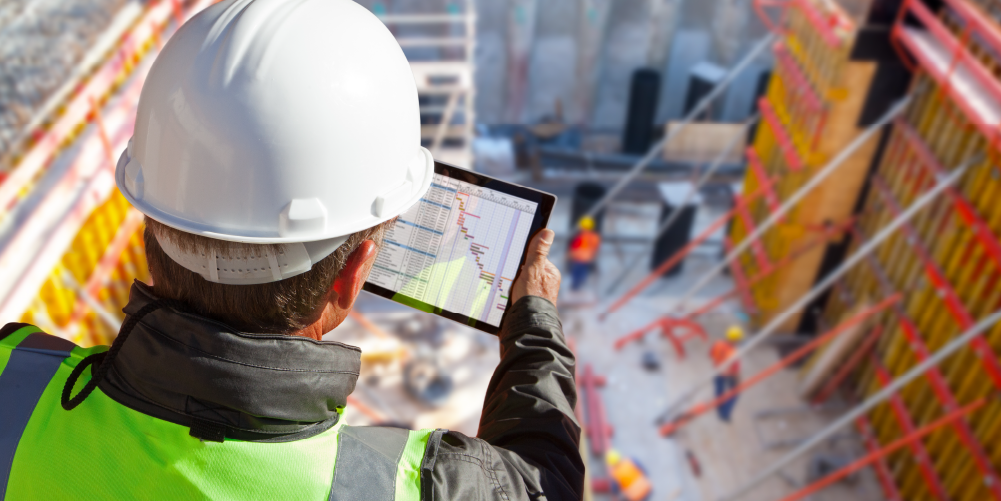
Managing Direct Costs in Construction: How Visibility Drives Profitability
Direct costs define the financial reality of every construction project. They cover the labour, materials, and equipment that drive delivery and determine profitability. But even the best-planned budgets can shift...
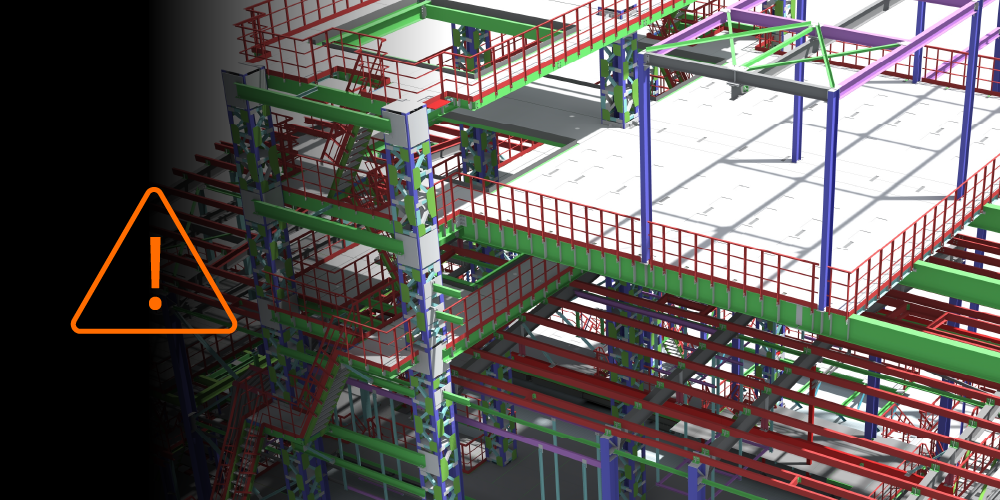
BIM Clash Detection: Reducing Rework, Delays, and Risk in Construction
Design clashes can be a significant hidden cost in construction, as each conflict between systems risks expensive rework, project delays, and reduced margins. BIM clash detection empowers teams to identify...

Next-Gen Job-Costing: Ready to Move? 5 Things to Consider Before You Get Started
In this three-part series, Quantity Surveyor turned Financial Solutions Specialist Clint Burgess uncovers the real-world gains for people, processes, and profits when businesses move from legacy to next-generation Enterprise Resource...
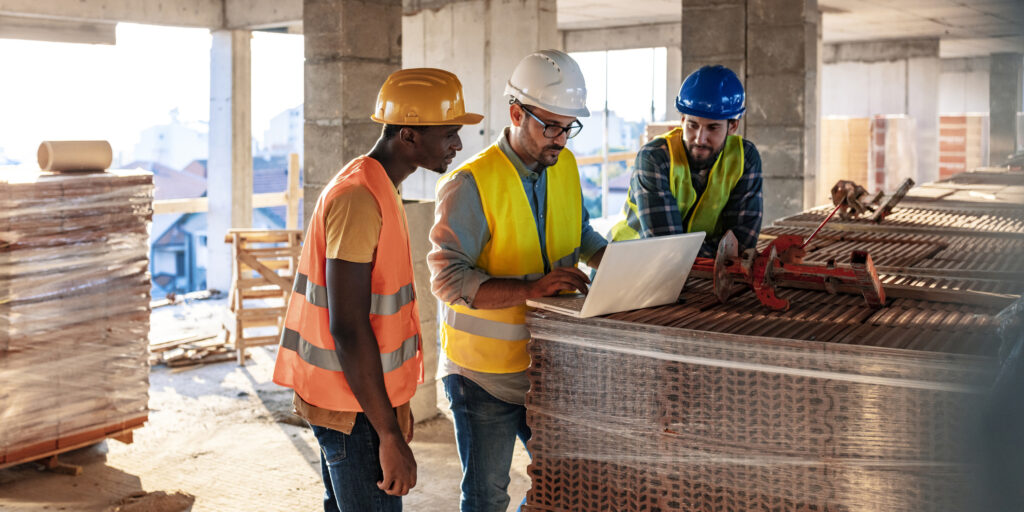
From Workarounds to Workflow: Solving Construction’s Legacy Job-Costing System Challenges with Next-Gen Tools
In this three-part series, Quantity Surveyor turned Financial Solutions Specialist Clint Burgess uncovers the real-world gains for people, processes, and profits when businesses move from legacy to next-generation Enterprise Resource...
